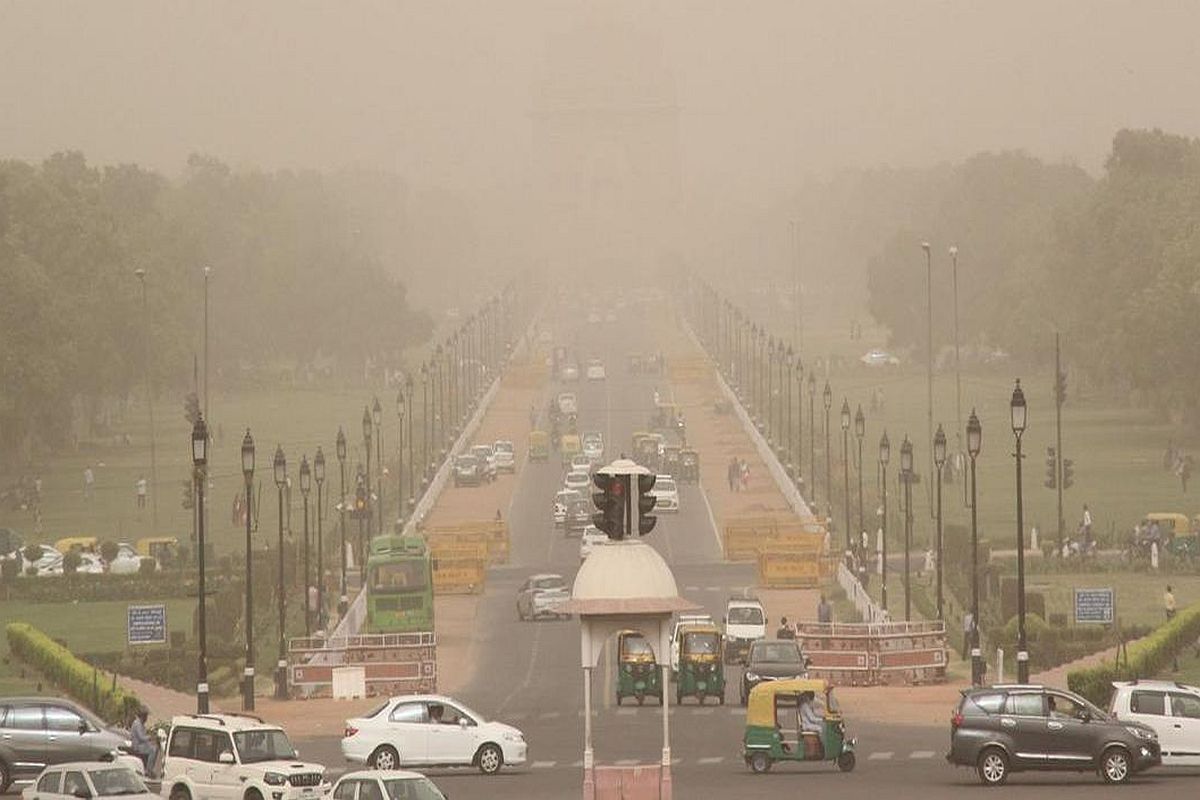India’s escalating air pollution crisis is one of its gravest public health challenges, yet it remains strikingly absent from mainstream cultural narratives. While disasters like floods and droughts have inspired Indian literature and films, the slow violence of toxic air rarely becomes a focal point. A few creators have dared to explore this issue, but their efforts remain isolated, underscoring the need for a broader cultural reckoning. Some works have touched on the subject, offering glimpses of what storytelling could achieve. In the 2016 film Pink, a masked Amitabh Bachchan stepping into Delhi’s smog-laden streets was a poignant visual, though not incidental to the plot.
More directly, Nila Madhab Panda’s Megha’s Divorce dramatised a couple’s breakup over whether to endure Delhi’s unliveable air. The film offered an innovative lens on how environmental crises infiltrate personal lives, framing pollution as more than just a backdrop. Documentaries have delved deeper into the human and ecological toll of polluted air. All That Breathes follows two brothers in Delhi who rescue black kites injured by the city’s smog. Through its story, the film explores the interplay between climate change, pollution, and human-animal relationships, showing how environmental degradation shapes daily struggles. Such narratives blend urgency with empathy, turning abstract statistics into relatable human experiences.
Advertisement
Yet, these examples are exceptions rather than the norm. India’s literary and cinematic canon has rarely tackled air pollution head-on. Unlike floods or droughts, air pollution lacks the dramatic immediacy that fuels compelling visuals. Its impacts, such as chronic illnesses and long-term environmental damage, are gradual, making it harder to evoke strong emotional responses. Moreover, creators often struggle to humanise the crisis. Statistics, like the millions who die annually from pollution-related causes, can feel distant unless paired with personal stories. This gap between data and narrative leaves audiences disengaged, even as the crisis worsens. What’s missing is the integration of air pollution into mainstream storytelling in a way that entertains while raising awareness. Filmmakers and writers must embrace subtlety and craft narratives that embed environmental themes without alienating audiences. Nila Madhab Panda’s approach ~ using relatable conflicts like a family’s future in a smog-filled city ~ offers a blueprint for how environmental stories can resonate widely.
India’s cultural creators also need to step out of privileged bubbles and connect with those living on the frontlines of pollution. Stories rooted in the lives of people battling toxic air daily ~ families making hard choices, children with asthma, or communities rallying for cleaner skies ~ could catalyse both empathy and action. India’s killer air is more than a public health crisis; it is a cultural blind spot. The few works addressing it show the potential of art to transform apathy into engagement. The challenge now is for storytellers to breathe life into this invisible crisis, turning it into a narrative that de – mands attention and inspires change.











